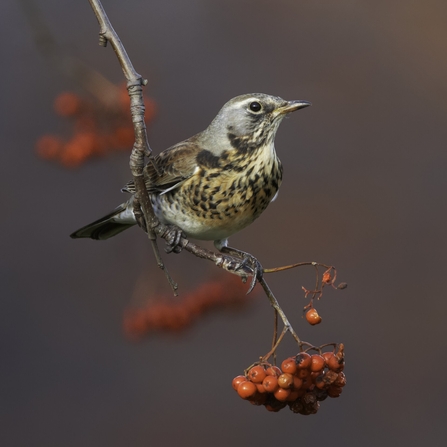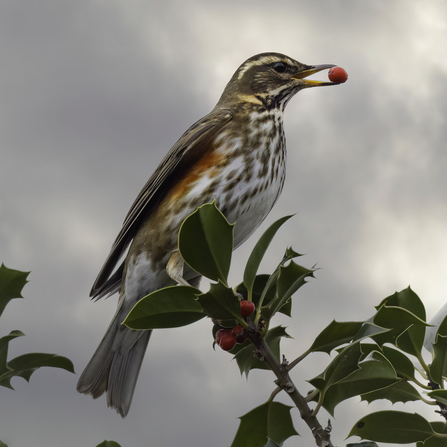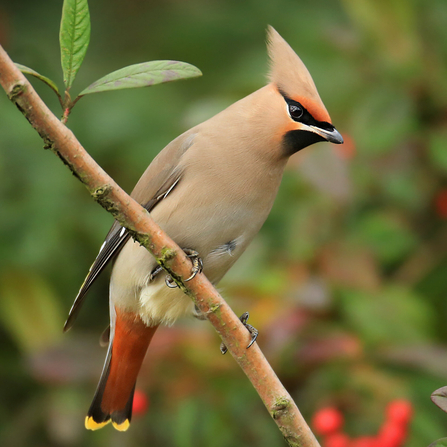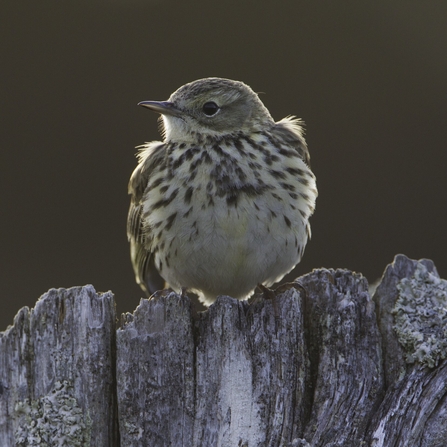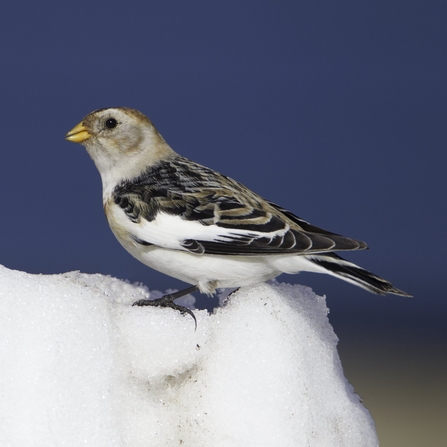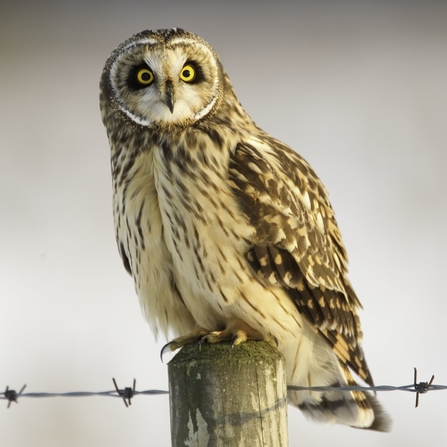As summer bows out and autumn gets its feet under the table, Ingleborough can seem, and sound, like a bleak place.
Gone are the calls of our summer birds – the liquid bubbling of the curlew, the skylark’s long, descending trill, the sudden metallic tac-tac-tac of a ring ouzel in alarm. Waders head out to the coast for winter and many of our songbirds head for North Africa.
Sharp winds whistle through the limestone pavement and up into the crags. There are birds still here, of course, it’s just that the winter’s cold touch can make staying still to see them something of trial.
Don’t be put off by the chill, though, just make sure you bring warm, waterproof clothing and footwear, and plenty of food and (hot) drink – there’s still plenty to see out here.


